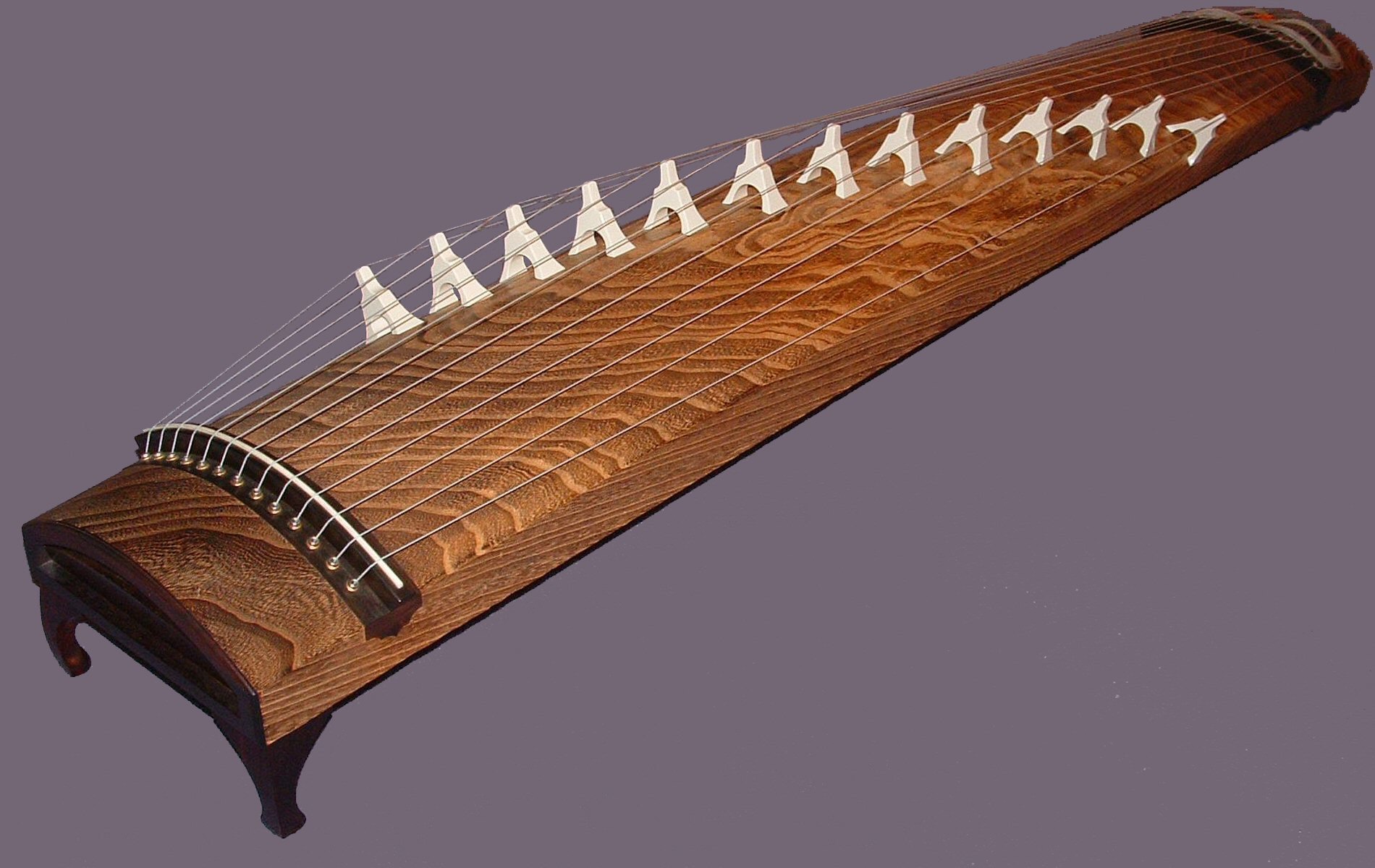The koto itself is a traditional Japanese instrument. It is the national instrument of Japan. There are 13 strings that are strung over movable bridges. Koto performers adjust the pitch by moving the bridges. In addition, they use three fingers to pluck the strings. During this piece, there are places where the melody is featured and is the only thing being played in octaves. In addition, there are places where the performer can show off their technique on the koto. During the piece, the tempo changes, going between slow and fast. There are sections where the speed stretches creating a sense of rubato. Regarding the structure of the piece, there is an introduction that begin a tremelo/drone effect on one or two notes. It channels the stropic form t hat is used to tell stories. In addition, strophic form is usually when there is the same melody played but with different text. Each time the melody is played during this piece, "Sakura....," the player changes it a bit giving it almost a strophic feeling.

Mary, thank you for sharing this piece and so much information about the koto. I also appreciate you providing the picture of the instrument. I truly love all of the different textures which can be created with this seemingly simple instrument; I feel it encompasses everything from chords and harmony, to plucked and strummed melodic passages, drones, tremolos, and even a sort of glissando at the end. The gentle characteristics of the koto are quite relaxing to me as I listen intently. The nature of pitch adjustments and tuning by moving the bridges is such a unique concept to me since the only instruments I am proficient in are essentially fixed, in comparison (euphonium, flute).
ReplyDeleteThere are moments that the koto sounds very harp-like, gently flowing, while at other times perhaps the playing technique is what gives it a slightly more aggressive sound. As I listen to this instrument being played, I really get the sense that it has the ability to produce different timbres, and I find it very intriguing. Particularly at 2:03, it almost sounds like a harpsichord in the descending pattern which is played, and at 2:08 it resembles pizzicato strings. There is a great amount of depth of sound produced by this fascinating and beautiful instrument.
Well written post.
ReplyDelete